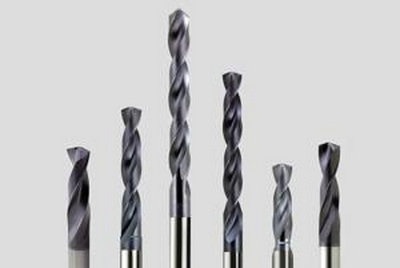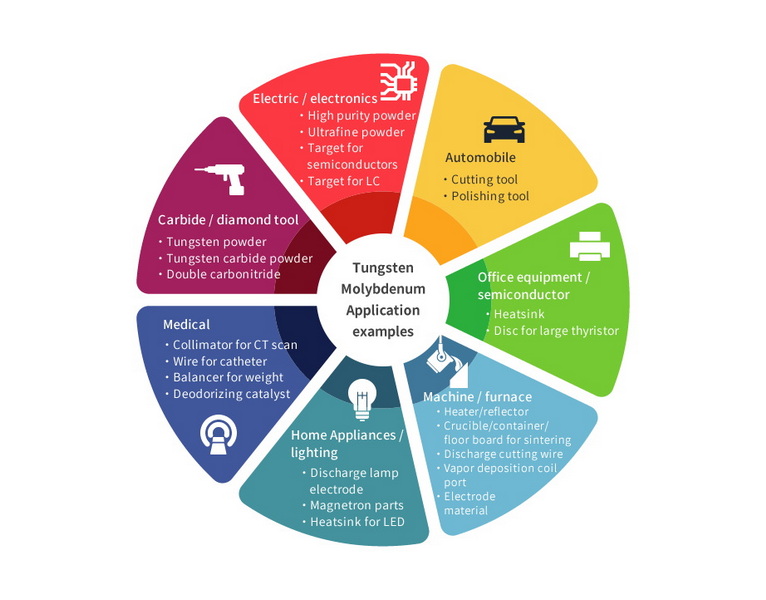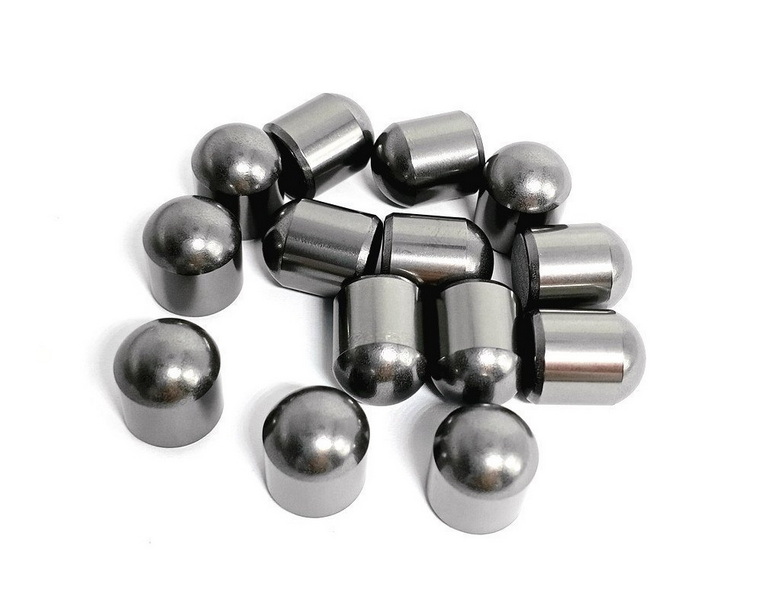Content Menu
● Introduction to Tungsten Carbide and Lead
>> Tungsten Carbide
>> Lead
● Comparison of Density
● Applications and Uses
>> Tungsten Carbide Applications
>> Lead Applications
● Manufacturing Process
>> Tungsten Carbide Production
>> Lead Production
● Environmental and Health Considerations
>> Tungsten Carbide
>> Lead
● Economic Factors
>> Cost Comparison
>> Market Demand
● Conclusion
● FAQ
>> 1. What is the primary difference in hardness between tungsten carbide and lead?
>> 2. How does the density of tungsten carbide compare to that of lead?
>> 3. What are some common applications of tungsten carbide?
>> 4. What are some common applications of lead?
>> 5. Why is tungsten carbide more expensive than lead?
● Citations:
Tungsten carbide and lead are two materials with distinct properties and applications. In this article, we will explore whether tungsten carbide is heavier than lead, comparing their densities, uses, and characteristics.

Introduction to Tungsten Carbide and Lead
Tungsten Carbide
Tungsten carbide is a compound of tungsten and carbon, known for its exceptional hardness and wear resistance. It is widely used in industrial tools, cutting tools, and wear-resistant parts due to its ability to maintain sharp edges and resist abrasion under demanding conditions. Tungsten carbide has a density of approximately 15.6 g/cm³.
Tungsten Carbide Properties:
- Hardness: Mohs hardness of 9-9.5, nearly as hard as diamond.
- Density: 15.6 g/cm³.
- Applications: Cutting tools, wear-resistant parts, and industrial machinery components.
Lead
Lead is a soft, malleable metal with a relatively low melting point and high density compared to most common metals. It has a density of 11.34 g/cm³. Lead is often used in batteries, radiation shielding, and as a ballast material due to its high density and low cost.
Lead Properties:
- Density: 11.34 g/cm³.
- Hardness: Mohs hardness of 1.5.
- Applications: Batteries, radiation shielding, and ballast materials.
Comparison of Density
To determine if tungsten carbide is heavier than lead, we compare their densities:
- Tungsten Carbide Density: Approximately 15.6 g/cm³.
- Lead Density: Approximately 11.34 g/cm³.
Given these values, tungsten carbide is indeed heavier than lead for the same volume.
Applications and Uses
Tungsten Carbide Applications
Tungsten carbide is primarily used in applications requiring high wear resistance and hardness, such as:
- Cutting Tools: Drills, saw blades, and milling tools.
- Wear-Resistant Parts: Components in machinery and equipment.
- Jewelry: Due to its hardness and scratch resistance, it is used in wedding bands and other jewelry.
Lead Applications
Lead is commonly used in:
- Batteries: Lead-acid batteries for vehicles and backup power systems.
- Radiation Shielding: Due to its high density, it is effective in blocking radiation.
- Ballast Materials: In construction and marine applications for weight and stability.

Manufacturing Process
Tungsten Carbide Production
The production of tungsten carbide involves a complex process known as sintering. Tungsten powder is mixed with carbon powder and then heated under high pressure to form a hard, dense material. This process requires precise control of temperature and pressure to achieve the desired properties.
Lead Production
Lead is typically extracted from ores like galena (lead sulfide) through a smelting process. The ore is heated in a furnace to separate the lead from other minerals. Lead can also be recycled from scrap materials, which is a significant source of lead worldwide.
Environmental and Health Considerations
Tungsten Carbide
Tungsten carbide is generally considered safe for use in tools and machinery, but its production process can involve hazardous materials. However, tungsten carbide itself is non-toxic and does not pose significant environmental risks when used properly.
Lead
Lead poses significant health risks due to its toxicity. Exposure to lead can cause neurological damage, developmental issues, and organ damage. Environmental regulations have limited the use of lead in consumer products, but it remains widely used in batteries and other applications where alternatives are not yet viable.
Economic Factors
Cost Comparison
Tungsten carbide is more expensive than lead due to its complex manufacturing process and the high cost of raw materials. The production of tungsten carbide requires specialized equipment and precise control over the sintering process, which increases its cost. Lead, on the other hand, is relatively inexpensive due to its abundance and simpler extraction process.
Market Demand
The demand for tungsten carbide is driven by industries requiring high-performance tools and machinery components, such as aerospace and automotive manufacturing. Lead demand is primarily driven by the battery industry, which continues to grow with the increasing need for energy storage solutions.
Conclusion
In conclusion, tungsten carbide is heavier than lead due to its higher density. While both materials have unique applications, tungsten carbide's exceptional hardness and wear resistance make it ideal for industrial tools and machinery components, whereas lead's high density and malleability suit it for batteries and radiation shielding.

FAQ
1. What is the primary difference in hardness between tungsten carbide and lead?
Tungsten carbide has a Mohs hardness of 9-9.5, making it nearly as hard as diamond, while lead has a Mohs hardness of 1.5, making it very soft.
2. How does the density of tungsten carbide compare to that of lead?
Tungsten carbide has a density of approximately 15.6 g/cm³, which is higher than lead's density of 11.34 g/cm³.
3. What are some common applications of tungsten carbide?
Tungsten carbide is commonly used in cutting tools, wear-resistant parts, and jewelry due to its hardness and durability.
4. What are some common applications of lead?
Lead is often used in batteries, radiation shielding, and as a ballast material due to its density and malleability.
5. Why is tungsten carbide more expensive than lead?
Tungsten carbide is more expensive due to its complex manufacturing process, which involves combining tungsten with carbon at high temperatures, and its superior properties for industrial applications.
Citations:
[1] https://cowseal.com/tungsten-vs-tungsten-carbide/
[2] https://en.wikipedia.org/wiki/Lead
[3] https://buildingspeed.org/2020/07/02/ballast-tungsten-vs-lead/
[4] https://create.vista.com/photos/tungsten-carbide/
[5] https://pixabay.com/images/search/lead/
[6] https://www.carbide-part.com/blog/tungsten-and-tungsten-carbide/
[7] https://www.zzbetter.com/new/Density-of-Tungsten-Carbide.html
[8] https://shop.machinemfg.com/tungsten-vs-tungsten-carbide-key-differences/
[9] https://en.wikipedia.org/wiki/Tungsten_carbide
[10] https://www.tungstensupply.com/faq.html
[11] https://www.boyiprototyping.com/materials-guide/density-of-tungsten/
[12] https://www.matweb.com/search/DataSheet.aspx?MatGUID=e68b647b86104478a32012cbbd5ad3ea
[13] https://www.bassresource.com/bass-fishing-forums/topic/232127-tungsten-vs-lead/
[14] https://www.istockphoto.com/photos/tungsten-carbide
[15] https://stock.adobe.com/search?k=lead+metal
[16] https://www.reddit.com/r/chemistry/comments/h87dbk/tungsten_vs_lead_anvil/
[17] https://stock.adobe.com/search?k=tungsten+carbide
[18] https://shop.machinemfg.com/the-pros-and-cons-of-tungsten-carbide-a-comprehensive-guide/
[19] https://www.reddit.com/r/metallurgy/comments/ub4dg9/question_about_tungsten_carbide_toxicity/
[20] https://www.practicalmachinist.com/forum/threads/carbide-vs-tungsten-carbide-in-tool-realm.336544/
[21] https://www.nj.gov/health/eoh/rtkweb/documents/fs/1960.pdf
[22] https://www.kennametal.com/us/en/resources/blog/metal-cutting/tungsten-carbide-versus-cobalt-drill-bits.html
[23] https://marshield.com/shielding-options-lead-vs-tungsten
[24] https://kg-m3.com/material/lead
[25] https://nakoshop.com/blogs/news/lead-vs-tungsten
[26] https://physics.nist.gov/cgi-bin/Star/compos.pl?mode=text&matno=082
[27] https://www.nature.com/articles/s41598-023-49842-3
[28] https://www.alamy.com/stock-photo/tungsten-carbide.html
[29] https://www.istockphoto.com/photos/lead-metal
















